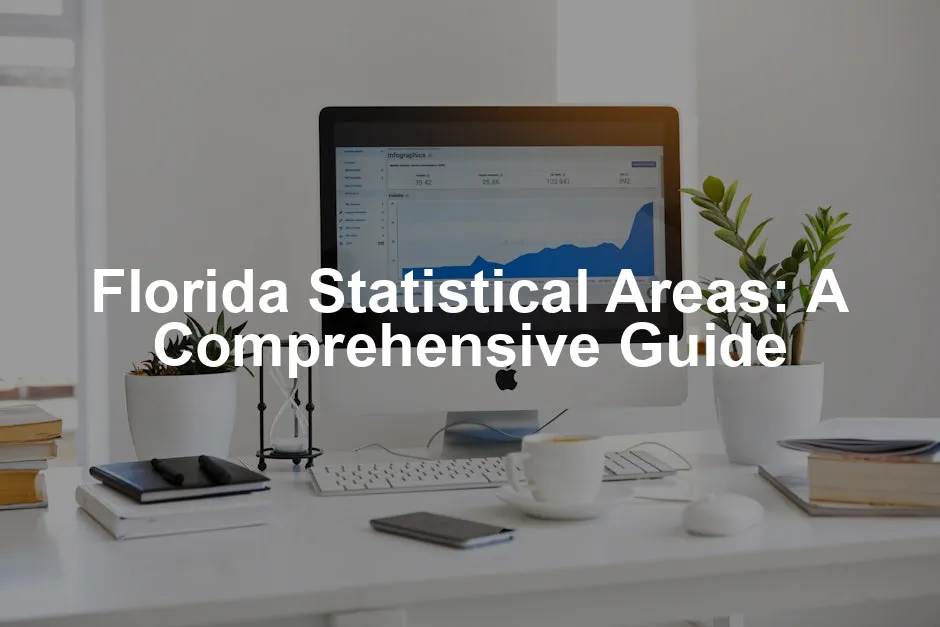Introduction
Ever wonder how many ways we can slice and dice Florida’s population? Enter statistical areas! These handy-dandy classifications help us make sense of demographic and economic trends in the Sunshine State. Think of them as our crystal ball for understanding who lives where, how they interact, and what they need.
As of July 2023, Florida boasts a whopping 35 statistical areas, meticulously carved out by the Office of Management and Budget (OMB). These include 7 combined statistical areas (CSAs), 22 metropolitan statistical areas (MSAs), and 6 micropolitan statistical areas (μSAs). Each classification tells a unique story about population density, economic activity, and social integration.
Statistical areas are not just numbers on a map. They play a crucial role in guiding public policy, urban planning, and resource allocation. Businesses also benefit from these insights, allowing them to target their services effectively.
In this guide, we’ll break down what these statistical areas mean, why they matter, and take a closer look at some of Florida’s key areas. Buckle up, because we’re about to go on a statistical rollercoaster ride!

Understanding Statistical Areas in Florida
Definition of Statistical Areas
Statistical areas are geographic regions defined to gather and analyze data on population and economic trends. At the heart of these definitions are Core-Based Statistical Areas (CBSAs), which include densely populated urban cores and the surrounding counties that share economic ties.
The OMB divides CBSAs into two main types: Metropolitan Statistical Areas (MSAs) and Micropolitan Statistical Areas (μSAs). MSAs are bustling hubs with populations of at least 50,000, while μSAs cater to smaller populations, ranging from 10,000 to 49,999.
Combined Statistical Areas (CSAs) take it a step further. They consist of two or more adjacent CBSAs with a significant employment interchange, meaning a lot of folks commute between these areas.
Understanding these classifications helps us see how Florida’s regions interact economically and socially, illustrating the state’s diverse landscape. Whether you’re a business owner, a researcher, or just a curious resident, knowing these definitions lays the groundwork for understanding Florida’s statistical makeup.
Speaking of understanding Florida better, how about diving into its culinary delights? You can explore the flavors of the state with The Florida Cookbook by Eileen G. Smith. It’s packed with delicious recipes that are sure to make your taste buds dance!
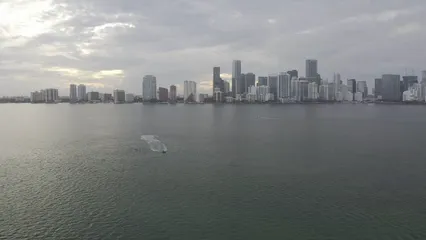
Importance of Statistical Areas
Statistical areas are more than just numbers. They serve as vital tools for planning, resource allocation, and policy-making. Governments rely on these classifications to understand where to direct services and infrastructure. Think of it as a GPS for decision-making—without it, we’d be lost!
Businesses also find immense value in statistical areas. These classifications shed light on population trends, helping companies identify where to set up shop. Want to know where to open that trendy taco joint? Look no further than the local statistical area data. It’s like having a cheat sheet for economic success.
Understanding population dynamics helps both public and private sectors make informed decisions. With statistical areas, we can better grasp the needs of communities, ensuring resources reach those who need them most. In short, these classifications are the backbone of effective governance and business strategy in Florida.
If you’re planning to visit Florida’s beautiful parks, make sure to grab a copy of The Complete Guide to Florida’s State Parks by John H. McCarthy. It’s a great companion for outdoor adventures!
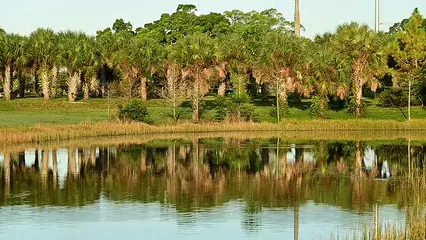
Overview of Florida’s Statistical Areas
Total Number of Statistical Areas
As of July 2023, Florida boasts a grand total of 35 statistical areas. This includes 7 Combined Statistical Areas (CSAs), 22 Metropolitan Statistical Areas (MSAs), and 6 Micropolitan Statistical Areas (μSAs). These areas are designated by the Office of Management and Budget (OMB), which plays a critical role in defining these regions based on population and economic ties.
The OMB doesn’t just throw darts at a map. They analyze data to ensure each area reflects community interactions and commuting patterns. This thoughtful designation is crucial for effective governance and planning.
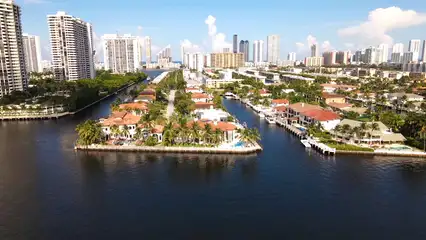
Key Statistical Areas in Florida
Combined Statistical Areas (CSAs)
Florida’s CSAs are like the social butterflies of statistical areas. They combine multiple CBSAs due to significant employment interchange. The largest CSA? The Miami-Port St. Lucie-Fort Lauderdale CSA, with an eye-popping estimated population of over 7 million. That’s a lot of sunbathers!
Let’s break it down:
- Miami-Port St. Lucie-Fort Lauderdale CSA
- Population: 7,011,936
- Key Cities: Miami, Fort Lauderdale, West Palm Beach
This vibrant area is a melting pot of cultures and economic activity.
- Orlando-Lakeland-Deltona CSA
- Population: 4,509,624
- Key Cities: Orlando and Lakeland
Home to Disney World, this region is a family favorite! Don’t forget to check out The Ultimate Florida Travel Guide by Peter M. Smith for tips on making the most of your trip!
- Jacksonville-Kingsland-Palatka CSA
- Population: 1,847,313
- Key Cities: Jacksonville
A great hub for business and outdoor activities.
- Cape Coral-Fort Myers-Naples CSA
- Population: 1,295,002
- Key Cities: Cape Coral and Fort Myers
Known for its beautiful beaches and warm weather. If you’re into fishing, be sure to grab a copy of Florida’s Best Fishing Spots by John M. Duran!
- North Port-Bradenton CSA
- Population: 1,152,221
- Key Cities: North Port and Sarasota
A cultural hotspot with a laid-back vibe.
- Gainesville-Lake City CSA
- Population: 425,189
- Key Cities: Gainesville
The education center of Florida, home to the University of Florida. For a deeper dive into the history of Florida, consider reading Florida: A History by Michael Gannon.
- Tallahassee-Bainbridge CSA
- Population: 421,732
- Key Cities: Tallahassee
This area is steeped in history and politics.

These CSAs represent the rich tapestry of Florida’s demographics and economic activities. They provide invaluable insights for businesses, policymakers, and residents alike. Knowing where the action is can make all the difference!
Metropolitan Statistical Areas (MSAs)
Florida is home to an impressive 22 Metropolitan Statistical Areas (MSAs). Each MSA showcases unique population dynamics and local features. Let’s take a closer look at a few of these key areas.
- Miami-Fort Lauderdale-West Palm Beach MSA
- Population: Approximately 6.18 million
- Notable Features: Known for its vibrant nightlife and diverse culture, this area is a major economic powerhouse. It offers beautiful beaches, world-class dining, and a thriving arts scene.
- Tampa-St. Petersburg-Clearwater MSA
- Population: About 3.34 million
- Notable Features: This area boasts stunning waterfront parks, a rich history, and a bustling metropolitan vibe. It’s also home to the famous Busch Gardens amusement park.
- Orlando-Kissimmee-Sanford MSA
- Population: Roughly 2.82 million
- Notable Features: The theme park capital of the world! With attractions like Walt Disney World and Universal Studios, this area draws millions of tourists each year.
- Jacksonville MSA
- Population: Approximately 1.71 million
- Notable Features: Known for its extensive beaches and vibrant arts scene, Jacksonville also has a growing job market and plenty of outdoor activities.
- Cape Coral-Fort Myers MSA
- Population: About 834,573
- Notable Features: Famous for its beautiful Gulf Coast beaches and waterways, this area is perfect for boating enthusiasts.
- North Port-Bradenton-Sarasota MSA
- Population: Roughly 910,108
- Notable Features: Renowned for its cultural attractions, including the Ringling Museum and beautiful beaches like Siesta Key.
- Gainesville MSA
- Population: Approximately 352,126
- Notable Features: Home to the University of Florida, Gainesville has a youthful energy, rich culture, and access to stunning natural springs.
- Palm Bay-Melbourne-Titusville MSA
- Population: About 605,856
- Notable Features: Known for its tech industry and proximity to the Kennedy Space Center, this area is perfect for science enthusiasts.
- Lakeland-Winter Haven MSA
- Population: Roughly 818,330
- Notable Features: Famous for its picturesque lakes and outdoor recreation, it’s a great spot for families and retirees alike.
- Deltona-Daytona Beach-Ormond Beach MSA
- Population: Approximately 600,000
- Notable Features: This area is known for its beautiful beaches, racing culture, and outdoor activities.
- Ocala MSA
- Population: Roughly 368,847
- Notable Features: Known for its horse farms and beautiful countryside, Ocala offers a quieter lifestyle while still providing access to urban amenities.
- Sebastian-Vero Beach MSA
- Population: About 162,000
- Notable Features: This coastal area is famous for its beautiful beaches and vibrant arts community.
- Crestview-Fort Walton Beach-Destin MSA
- Population: Roughly 218,000
- Notable Features: Known for its stunning beaches and outdoor activities, it’s a popular destination for both tourists and locals.
- Naples-Immokalee-Marco Island MSA
- Population: Approximately 384,000
- Notable Features: A luxurious destination known for upscale shopping, dining, and beautiful beaches.
- Palm Coast MSA
- Population: About 112,000
- Notable Features: A burgeoning area known for its beautiful landscapes and access to nature.
- Panama City MSA
- Population: Roughly 180,000
- Notable Features: Famous for its beautiful beaches and outdoor activities, especially fishing and water sports.
- Pensacola-Ferry Pass-Brent MSA
- Population: About 500,000
- Notable Features: Known for its historic architecture and beautiful beaches along the Gulf Coast.
- Tallahassee MSA
- Population: Approximately 392,645
- Notable Features: The state capital, known for its historic sites and vibrant political scene.
- Fort Myers-Cape Coral MSA
- Population: Roughly 834,573
- Notable Features: Renowned for its warm weather, beautiful beaches, and vibrant nightlife.
- The Villages MSA
- Population: About 137,000
- Notable Features: A popular retirement destination known for its active lifestyle and numerous recreational activities.
- Okeechobee MSA
- Population: Roughly 41,427
- Notable Features: Known for its agriculture and proximity to Lake Okeechobee.
- Key West-Key Largo μSA
- Population: Approximately 80,614
- Notable Features: A tropical paradise known for its vibrant nightlife and lush landscapes.
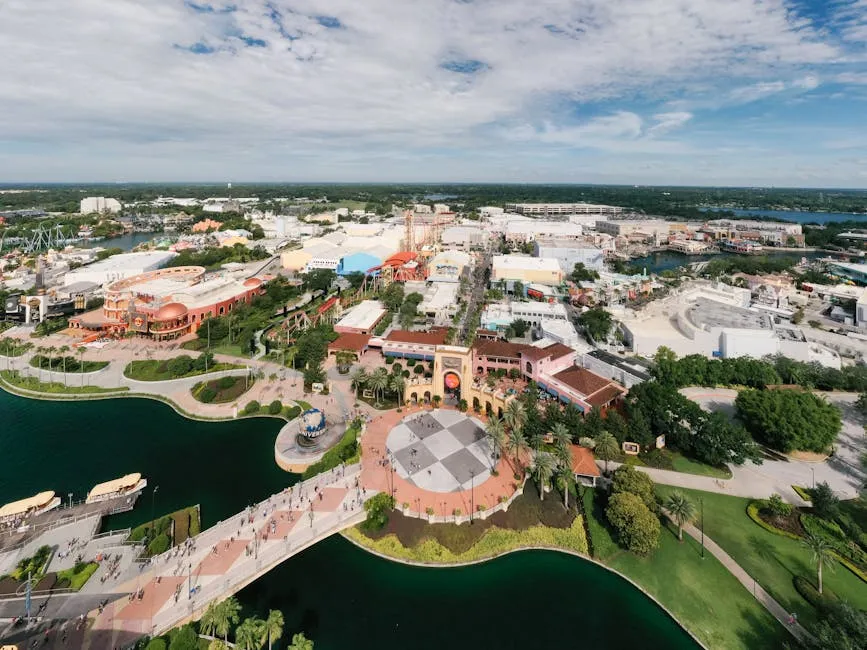
These statistical areas represent the rich tapestry of Florida’s demographics and economic activities. They provide invaluable insights for businesses, policymakers, and residents alike. Knowing where the action is can make all the difference! For a deeper dive into Florida’s housing trends, check out tiny home statistics in Florida.
Understanding tiny home trends can provide valuable insights into Florida’s evolving housing market. tiny home statistics in Florida
Micropolitan Statistical Areas (μSAs)
Florida also features 6 Micropolitan Statistical Areas (μSAs), smaller regions that play a significant role in the state’s overall statistical framework.
- Key West-Key Largo μSA
- Population: About 80,614
- Significance: This tropical paradise is famous for its stunning scenery and vibrant local culture. It’s a hotspot for tourism and provides a unique lifestyle for residents.
- Okeechobee μSA
- Population: Roughly 41,427
- Significance: Known for its agricultural roots, Okeechobee is central to Florida’s farming community and offers a quieter lifestyle.
- Lake City μSA
- Population: Approximately 51,052
- Significance: This area is a key transit hub in North Florida and features beautiful landscapes and outdoor activities.
- Palatka μSA
- Population: About 43,000
- Significance: Located near the St. Johns River, Palatka is rich in history and offers various outdoor recreational opportunities.
- Sebring μSA
- Population: Approximately 99,419
- Significance: Known for its beautiful lakes and outdoor activities, this area is a popular destination for those seeking a laid-back lifestyle.
- Arcadia μSA
- Population: Roughly 39,000
- Significance: A small, charming area known for its antique shops and rural agriculture.
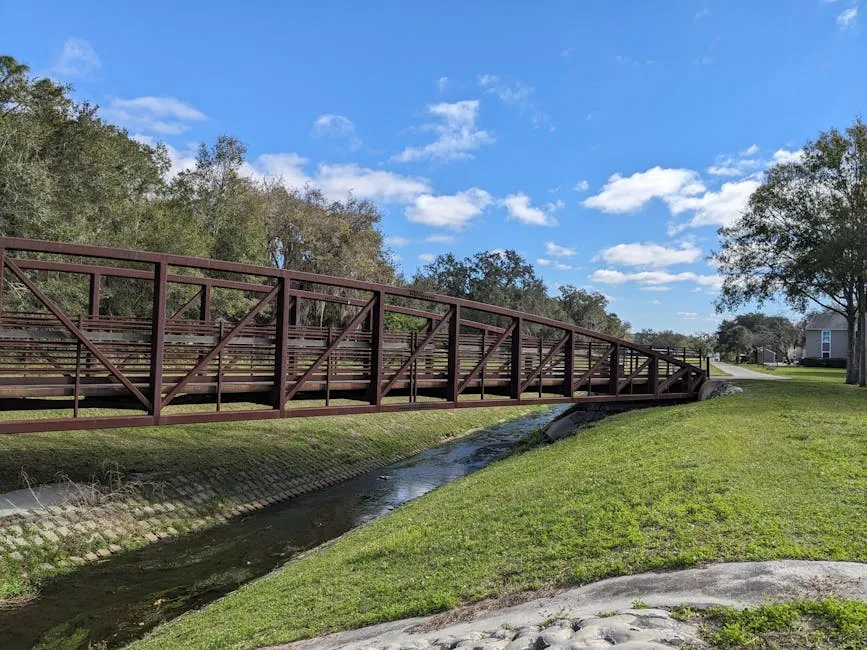
These micropolitan areas contribute to Florida’s diversity, showcasing smaller communities that complement the larger metropolitan hubs. They highlight the state’s unique blend of urban and rural lifestyles, making Florida a truly fascinating place to live and explore.
Orlando-Kissimmee-Sanford MSA
Orlando is known as the theme park capital of the world. Tourists flock to visit Disney World and Universal Studios, making tourism a key player in the local economy. In 2022 alone, the MSA welcomed over 75 million visitors! This influx creates jobs, boosts local businesses, and drives real estate development.
Education is another cornerstone of this area. The region is home to several higher education institutions, including the University of Central Florida. This vibrant institution attracts students from across the globe, contributing to a diverse demographic landscape. The population is young and dynamic, with many residents being college students or young professionals.

Jacksonville MSA
Jacksonville is a hidden gem. It’s a major economic hub, driven by sectors like finance, healthcare, and logistics. The bustling port is one of the largest in the U.S., facilitating trade and job creation. Over the past few years, population growth has surged, with many people relocating for job opportunities and a lower cost of living.
Urban development is booming. New businesses are popping up in downtown Jacksonville, turning it into a lively urban center. The city’s regional significance is highlighted by its strategic location, providing easy access to major highways and transportation networks. This makes it an attractive locale for companies and residents alike.

Other Notable MSAs
Florida’s statistical landscape is rich with notable MSAs. Cape Coral-Fort Myers stands out with its stunning waterfront and thriving real estate market. North Port-Bradenton is known for its cultural offerings and beautiful beaches, making it a favorite for retirees. Meanwhile, Gainesville, home to the University of Florida, boasts a youthful energy and a strong emphasis on education. Each of these areas contributes uniquely to the state’s economic and demographic tapestry.
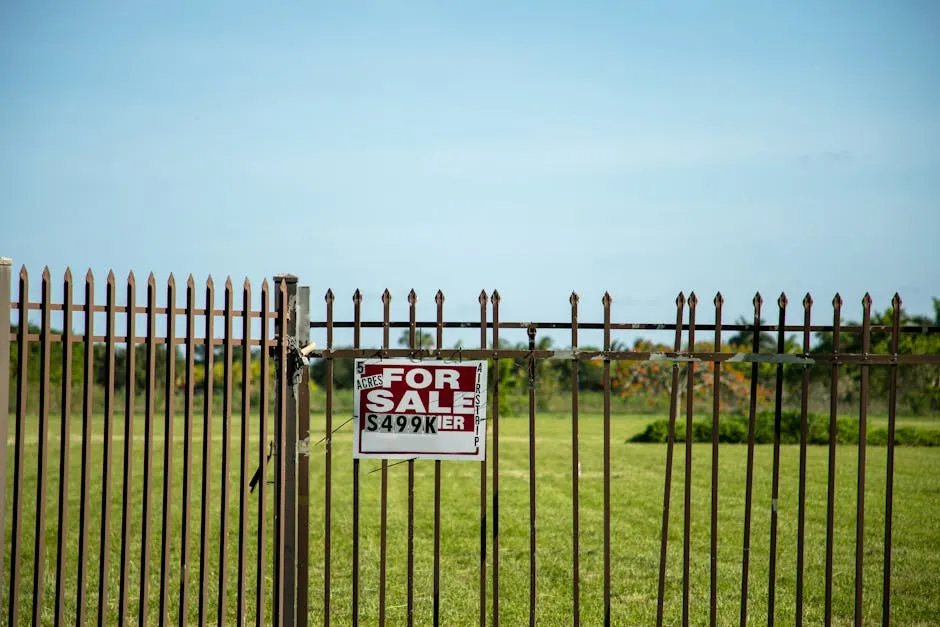
Trends and Changes in Florida’s Statistical Areas
Population Growth Patterns
Florida’s population growth is astonishing. Areas like Orlando and Tampa are speeding ahead, attracting new residents with their vibrant economies and lifestyle offerings. The Orlando-Kissimmee-Sanford MSA recorded a jaw-dropping 5.41% growth since the last census. Jacksonville isn’t far behind, experiencing a 6.69% increase. These regions are becoming magnets for families and young professionals alike.
Interestingly, smaller regions are also seeing growth. North Port-Bradenton and Cape Coral-Fort Myers are becoming preferred destinations for retirees seeking a sunny paradise. This mix of growth patterns showcases Florida’s diverse appeal, drawing in people from all walks of life.

Economic Developments
Florida’s economy is a dynamic portfolio of sectors. Tourism remains a major player, but tech and healthcare are rising stars. The state is becoming a hub for tech startups, especially in areas like Miami and Orlando. This shift is creating jobs in high-demand fields, driving innovation, and boosting economic resilience.
Job creation is robust. For instance, the healthcare sector in Jacksonville is expanding rapidly, offering a wealth of opportunities. As more people move to Florida, industries are shifting to meet the growing demand. The economic landscape is evolving, showcasing Florida’s adaptability and potential for future growth.

Migration Patterns
Migration is reshaping Florida’s statistical areas. Internal migration from northern states boosts population numbers, while international migration enriches cultural diversity. People are drawn to the state’s warm climate and job opportunities, leading to a melting pot of cultures and ideas.
This buzz of activity influences local economies and communities. As new residents settle in, they bring fresh perspectives and demand for services, further enhancing Florida’s dynamic environment. The state’s ongoing transformation is a testament to its allure and potential, making it a fascinating place to observe changes unfold.

Conclusion
In summary, Florida’s statistical areas offer a fascinating glimpse into the state’s demographic and economic tapestry. With 35 distinct areas, including 7 combined statistical areas, 22 metropolitan statistical areas, and 6 micropolitan statistical areas, these classifications provide invaluable insights for residents, businesses, and policymakers.
Understanding these areas is essential for effective planning and resource allocation. They guide governments in making informed decisions about infrastructure, services, and community needs. For businesses, statistical areas reveal where to invest, allowing them to tailor their offerings to local populations.
The future of Florida’s statistical areas looks promising. With ongoing population growth and economic developments, areas such as Orlando and Tampa are likely to thrive. However, it’s important for stakeholders to remain vigilant and responsive to changing conditions.
As Florida continues to evolve, staying informed about its statistical areas will remain crucial. Whether you’re a resident, a business owner, or a policymaker, understanding these dynamics can help you navigate the Sunshine State’s vibrant landscape.

So, keep your sunglasses handy and your curiosity alive! Florida’s statistical areas are a treasure trove of information waiting to be uncovered. And if you ever need a fun Florida-themed puzzle to keep you entertained, check out Florida Themed Puzzle!
FAQs
What are the primary statistical areas in Florida?
Florida boasts a total of 35 statistical areas, divided into three main categories: Combined Statistical Areas (CSAs), Metropolitan Statistical Areas (MSAs), and Micropolitan Statistical Areas (μSAs). 1. **Combined Statistical Areas (CSAs)**: These include: – Miami-Port St. Lucie-Fort Lauderdale CSA – Orlando-Lakeland-Deltona CSA – Jacksonville-Kingsland-Palatka CSA – Cape Coral-Fort Myers-Naples CSA – North Port-Bradenton CSA – Gainesville-Lake City CSA – Tallahassee-Bainbridge CSA 2. **Metropolitan Statistical Areas (MSAs)**: The 22 MSAs include: – Miami-Fort Lauderdale-West Palm Beach MSA – Tampa-St. Petersburg-Clearwater MSA – Orlando-Kissimmee-Sanford MSA – Jacksonville MSA – Cape Coral-Fort Myers MSA – North Port-Bradenton-Sarasota MSA – Gainesville MSA – And others, including Deltona-Daytona Beach and Melbourne-Palm Bay. 3. **Micropolitan Statistical Areas (μSAs)**: The 6 μSAs consist of: – Key West-Key Largo μSA – Okeechobee μSA – Lake City μSA – Palatka μSA – Sebring μSA – Arcadia μSA These areas highlight the diverse population and economic activities across the state.
How does the classification of statistical areas affect Florida’s economy?
The classification of statistical areas plays a significant role in Florida’s economy. By defining these areas, governments can plan for infrastructure, services, and economic development more effectively. For instance, MSAs are often prioritized for funding and resources because they contain larger populations. This means that cities like Miami and Tampa receive more attention for transportation projects, educational facilities, and healthcare services. Moreover, businesses use these classifications to target their markets. Understanding the demographic makeup of an area helps companies tailor their products and services to meet local needs. This targeted approach can lead to increased sales and more successful business ventures. Overall, the classification of statistical areas is crucial for economic planning, resource distribution, and effective governance in Florida.
Why are statistical areas important for demographic studies?
Statistical areas are vital for demographic studies as they provide a structured way to analyze population dynamics and trends. By breaking down regions into defined areas, researchers can gather detailed information on aspects like population density, age distribution, and economic activity. These insights help identify patterns over time, such as migration trends or shifts in population demographics. For example, understanding which areas are experiencing growth can inform policy decisions and resource allocation. Additionally, statistical areas help local governments and organizations tailor services and programs to fit the needs of their residents. Whether it’s healthcare, education, or transportation, knowing the demographic makeup of an area ensures that resources are directed where they are most needed. In short, statistical areas serve as a foundation for understanding the complexities of population dynamics, making them indispensable for demographic studies.
How can I find more information about a specific statistical area in Florida?
To find more information about specific statistical areas in Florida, consider the following resources: 1. **U.S. Census Bureau**: The Census Bureau provides detailed demographic and economic data for all statistical areas. Their website offers tools to access this data easily. 2. **Florida Office of Economic and Demographic Research**: This state office offers valuable insights and reports on Florida’s population, economy, and statistical areas. 3. **Local Government Websites**: City and county websites often have resources related to planning, demographics, and economic development. These can be helpful for understanding specific areas. 4. **University Research Centers**: Many universities in Florida conduct research on local demographics and economic trends. Their findings can offer in-depth insights into specific statistical areas. 5. **Community Development Organizations**: Organizations focused on community development often compile data and reports that can shed light on local statistical areas. By leveraging these resources, you can gain a comprehensive understanding of any statistical area in Florida.
What are some common misconceptions about Florida’s statistical areas?
Several misconceptions surround Florida’s statistical areas. Let’s clear the air! 1. **All statistical areas are densely populated**: Many assume that all statistical areas are urban hubs. In reality, Florida has numerous micropolitan areas that focus on smaller communities with unique characteristics. 2. **Population growth is uniform**: Some people think that population growth occurs evenly across the state. However, areas like Orlando and Tampa are experiencing rapid growth, while others, especially rural regions, may see stagnant or declining populations. 3. **Statistical areas don’t change**: Many believe that once designated, statistical areas remain the same. In fact, the Office of Management and Budget regularly reviews and updates these classifications based on population shifts and economic changes. 4. **Statistical areas are only for government use**: While these classifications are essential for government planning, businesses also rely on them to understand market dynamics and tailor their strategies accordingly. 5. **Everyone knows their local statistical area**: You might be surprised to learn that many residents are unaware of which statistical area they live in. Educating the public about these classifications can help foster a greater understanding of local demographics and economic issues. By addressing these misconceptions, we can enhance awareness and understanding of Florida’s diverse statistical areas.
Please let us know what you think about our content by leaving a comment down below!
Thank you for reading till here 🙂
All images from Pexels

